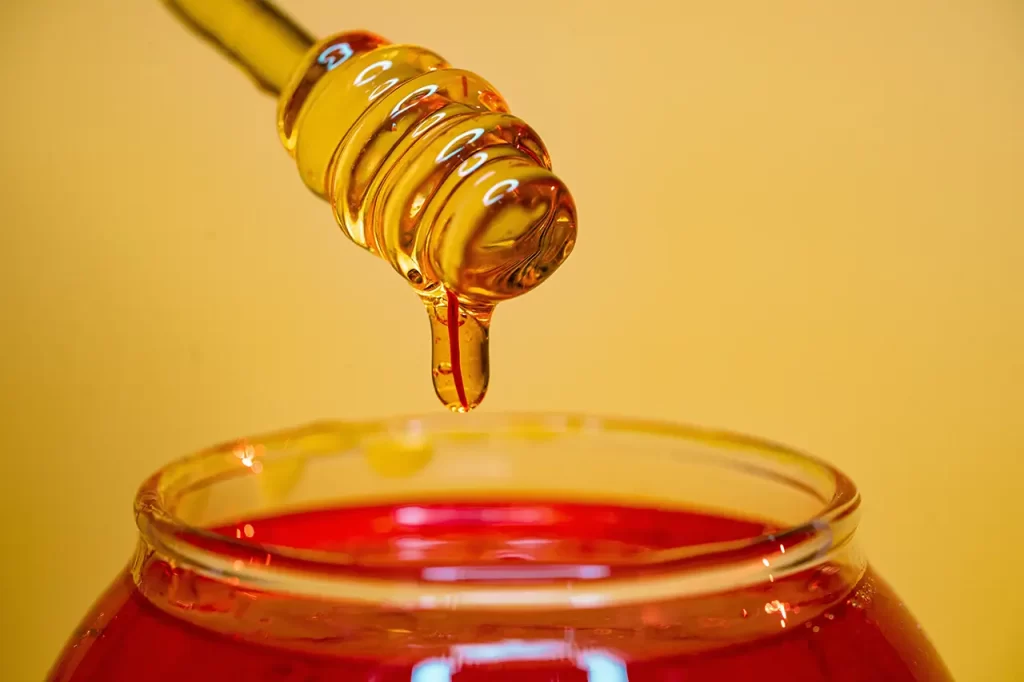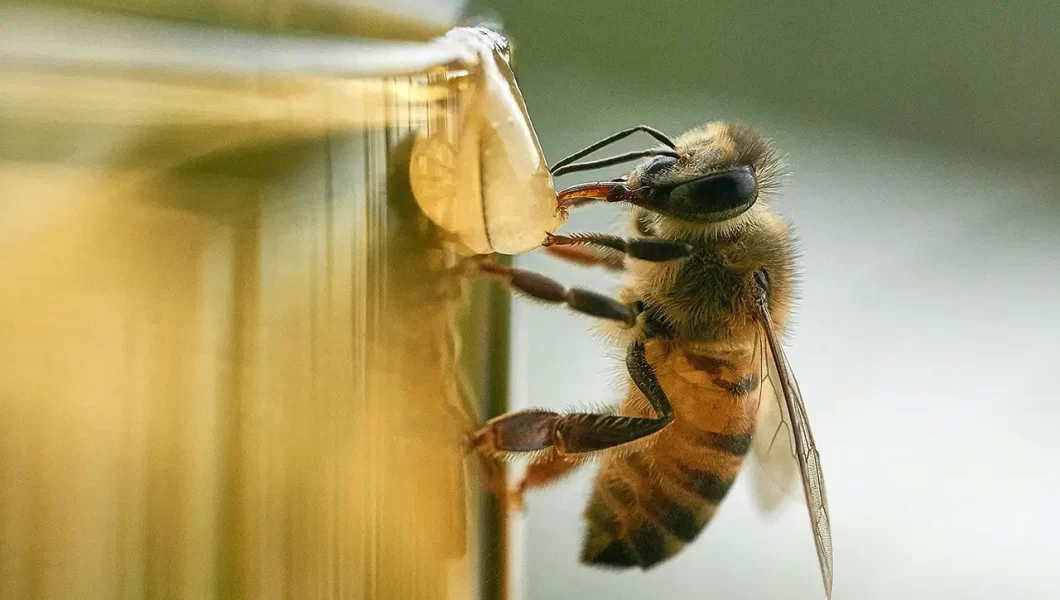Honey, often referred to as “liquid gold,” has captivated human fascination for centuries. Its rich flavour and numerous health benefits make it a prized commodity worldwide. However, behind every jar lies a fascinating tale of collaboration and ingenuity within the bee colony. In this comprehensive exploration, we embark on a journey into the heart of the hive to unravel the secrets of how bees make honey.
The Hive: Understanding the Mechanisms Behind Honey Creation
Unravelling the Role of Worker Bees in Honey Production
Worker bees, the unsung heroes of the hive, play a pivotal role in honey production. From the moment they emerge as adults, they dedicate their lives to serving the colony. Their primary task is to forage for nectar and pollen from flowering plants. Equipped with specially adapted mouthparts and pollen baskets on their hind legs, these industrious insects scour the landscape in search of floral treasures.
Deciphering the Communication: How Bees Share Their Secrets to Making Honey
Within the hive, communication is key to coordinating the efforts of thousands of individual bees. Through a complex system of pheromones and intricate dances, bees convey vital information about food sources and potential threats. Forager bees perform one such dance, known as the waggle dance, to communicate the location and quality of nectar-rich flowers. This remarkable form of communication enables hive members to efficiently gather the resources needed for honey production.
The Journey from Nectar to Honey: Steps Bees Take to Make Honey
Processing the Nectar
Once a forager bee returns to the hive with a load of nectar, the transformation from floral sap to sweet honey begins. The bee regurgitates the nectar into the mouth of a waiting house bee, who then adds enzymes to break down the complex sugars. This enzymatic action, combined with the heat generated by the bees’ collective body heat, initiates the process of converting nectar into honey.
Evaporating Moisture
As the enzymatic action continues, excess moisture is gradually removed from the nectar. Worker bees fan their wings over the open honeycomb cells, creating airflow that aids in evaporation. This process, known as ripening, results in a thick, syrupy liquid with a low moisture content—the hallmark of mature honey.
Sealing the Deal
Once the honey reaches the desired consistency, the bees cap the cells with beeswax to seal in the precious liquid. This protective seal prevents moisture from entering and preserves the honey’s quality. With the cells securely capped, the liquid gold is ready for long-term storage.
Harvest Time: The Culmination of Bees’ Hard Work

Careful Extraction: The Human Role in Harvesting Honey
For beekeepers, harvesting honey is a time-honoured tradition that requires patience and skill. Carefully removing the filled frames from the hive, they ensure minimal disruption to the bees and their delicate comb. Modern beekeeping techniques, such as using smoke to calm the bees, have made this process more efficient and less intrusive.
Extracting the Liquid Gold: The Final Steps
After removing the frames from the hive, workers transport them to the extraction facility. At the facility, they use centrifugal force to spin the honey out of the comb, separating it from the beeswax. Next, they filter it to remove any impurities before bottling and sealing it for consumption.
Reflecting on Bees’ Remarkable Ability to Make Honey
In conclusion, the process of honey production by bees is a marvel of nature’s engineering. From the humble beginnings of a foraging bee collecting nectar from a flower to the final product bottled by a beekeeper, every step in the journey is a testament to the incredible adaptability and intelligence of these tiny creatures. As we enjoy the sweet taste of this liquid gold, let us pause to appreciate the remarkable efforts of the honeybee and the intricate web of interactions that sustain their hive.








No Comments